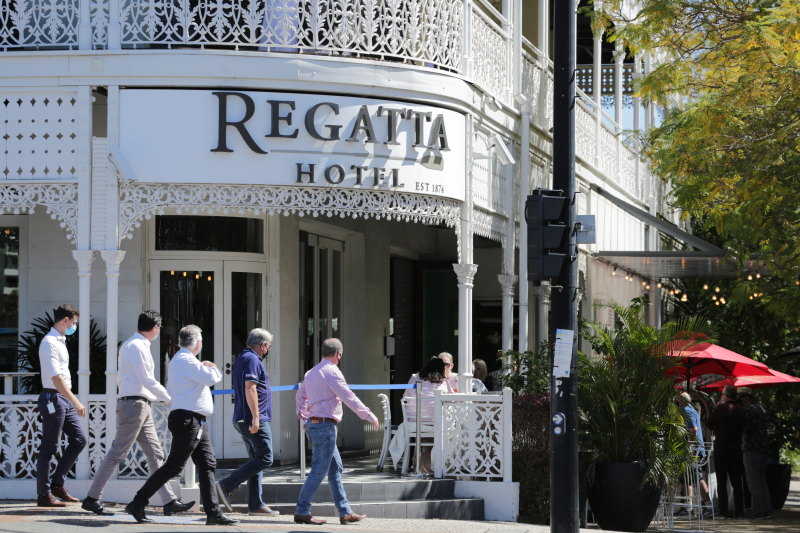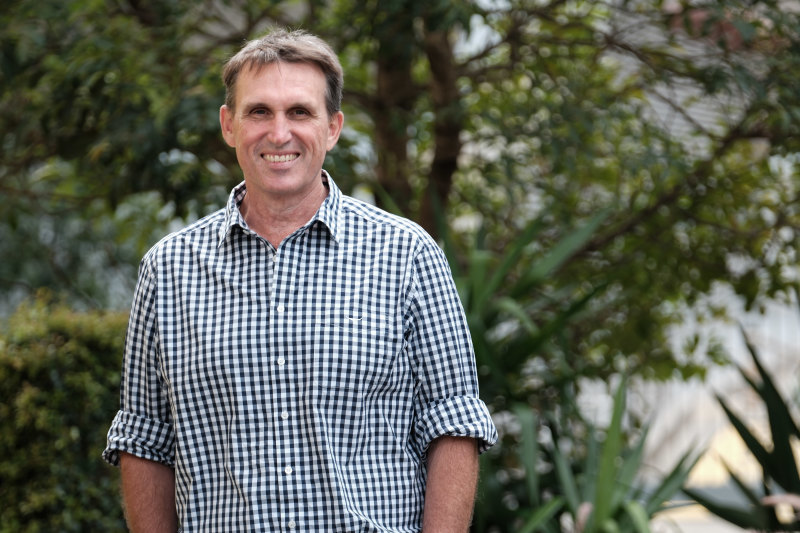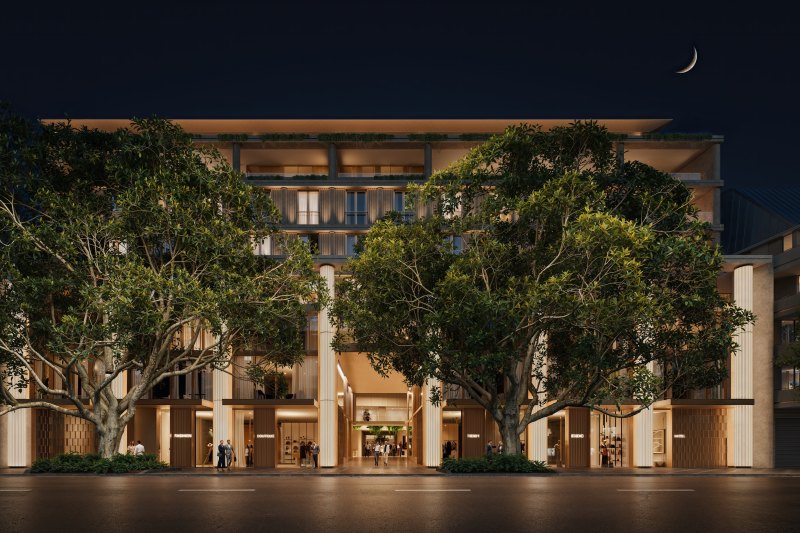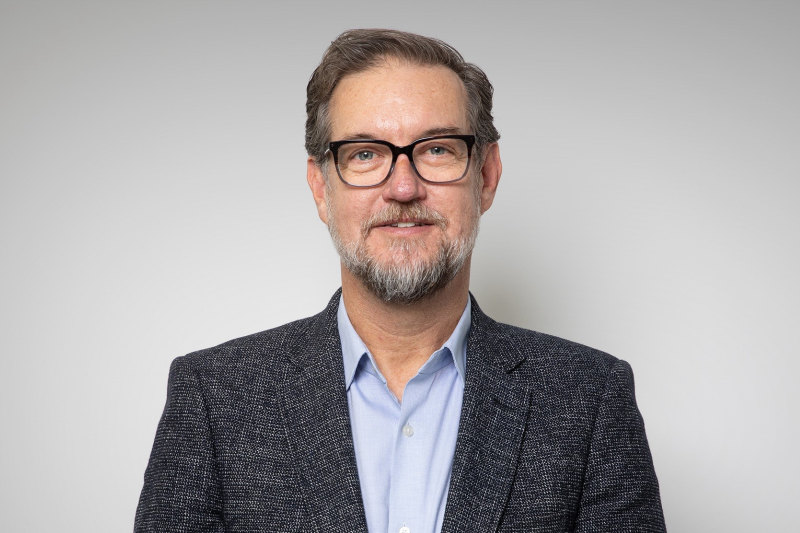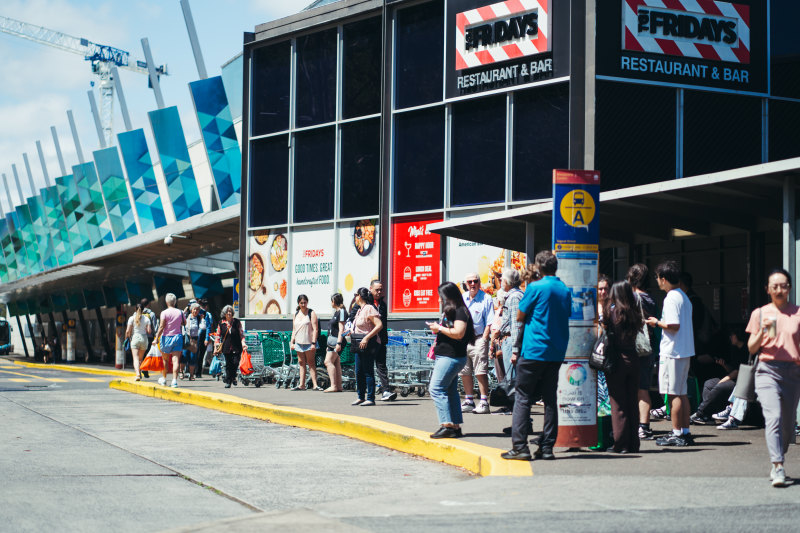
Brisbane’s nation-leading construction inflation an Olympic hurdle
Brisbane’s country-leading construction cost inflation will pressure the new Coalition state government as it tackles hospitals-heavy spending and draws up new plans for infrastructure to host the 2032 Olympic Games, new figures from RLB show.
Newly sworn-in LNP Premier David Crisafulli has not only inherited the previous Labor government’s $11.2 billion, six-year program to deliver three new hospitals, 11 major hospital expansions and seven satellite hospitals but also the fastest-growing construction costs, according to the consultancy’s latest forecasts.
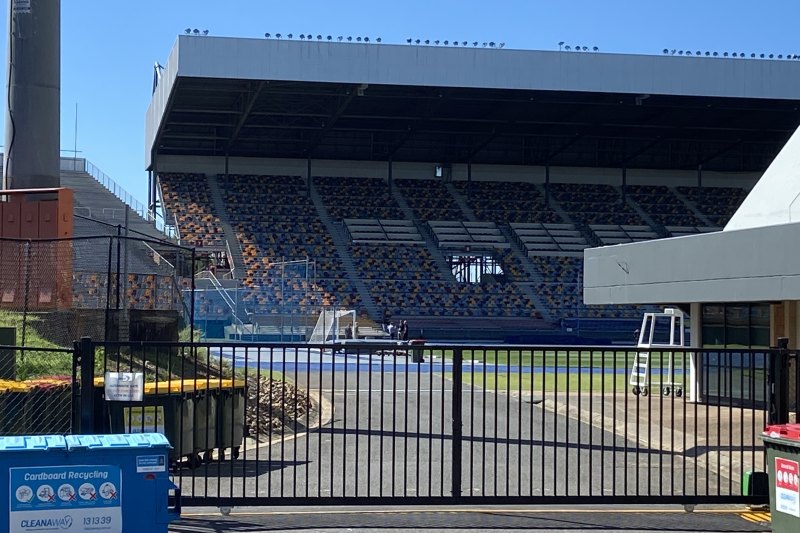
The Queensland capital faces construction cost inflation of 7.2 per cent this year, second only to Gold Coast’s 7.5 per cent, and next year Brisbane’s forecast of 5.6 per cent tender price index growth will top all cities bar Townsville, according to RLB’s Construction Market Update report.
“Rising construction costs – driven by multiple factors – continue to make itincreasingly challenging for the private sector to maintain project viability,” the report said.
“However, government construction programs in health, corrections, education, and infrastructure are ensuring that order books for tier-one contractors and subcontractors remain full.”
Construction inflation has come off Queensland’s extreme highs of two years ago when Gold Coast hit an eye-watering 10.5 per cent. But pressures remain in Australia’s materials- and labour-challenged building sector and prices are nowhere near falling.
Queensland’s infrastructure workbook is increasing even as volumes decline in most other states.
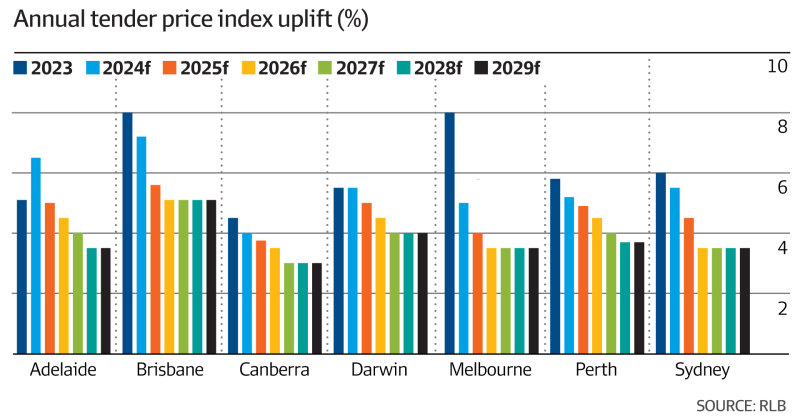
Separate figures published by Deloitte on Tuesday showed that while Australia’s total value of planned, confirmed and under-construction projects level-pegged at $1.12 trillion in the September quarter, Queensland’s share picked up 0.7 per cent to $271 billion.
“The value of engineering work done in Queensland increased to its highest level in nearly a decade,” the Deloitte Access Economics Investment Monitor said.
“Activity has expanded across all industries, with utilities leading the gains. The pipeline of engineering projects is expected to grow, with both the value of work commenced and the value of work yet to be done increasing.”
Mr Crisafulli spoke to Prime Minister Anthony Albanese on Sunday – the morning after the election that returned the coalition to power – about the delivery of the 2032 Games. While the new state premier has said he would scrap the previous government’s plan to upgrade QE2 Stadium, the site of the 1982 Commonwealth Games, he has not said which venue would be home for the Brisbane Olympics.
He will appoint a new independent Infrastructure Co-ordination Authority over the next month. It will then have 100 days to report on which projects – including the main stadium – will go ahead.
Brisbane construction cost growth that will hold at 5.1 per cent from 2026 through to 2029 will add an estimated extra $800 million to the price tag of a stadium the size of Perth’s Optus Stadium over the five years from 2024, RLB estimates showed.
Optus Stadium on the Burswood Peninsula, completed in late 2017 for $1.8 billion, would have cost just over $2.1 billion in Brisbane, based on the higher relative cost basis of the Queensland capital.
Brisbane’s near-38 per cent construction inflation since then would have boosted that cost to $2.95 billion if the stadium were completed in late 2024. If the same project were now undertaken with a completion date in late 2029, the cost would be almost $3.75 billion, the consultancy said.
In Perth, where the annual rate of cost escalation is due to slow to 3.7 per cent by 2029, the projected cost then of a newly completed Optus Stadium would be $3.17 billion, the RLB calculations show.
“Tier-two and three contractors have capacity, but the high demand for resources on major projects is driving costs to unsustainable levels for private sector projects,” the RLB report said.
“These contractors must match the EBA rates on major projects to attract and retain labour.”

